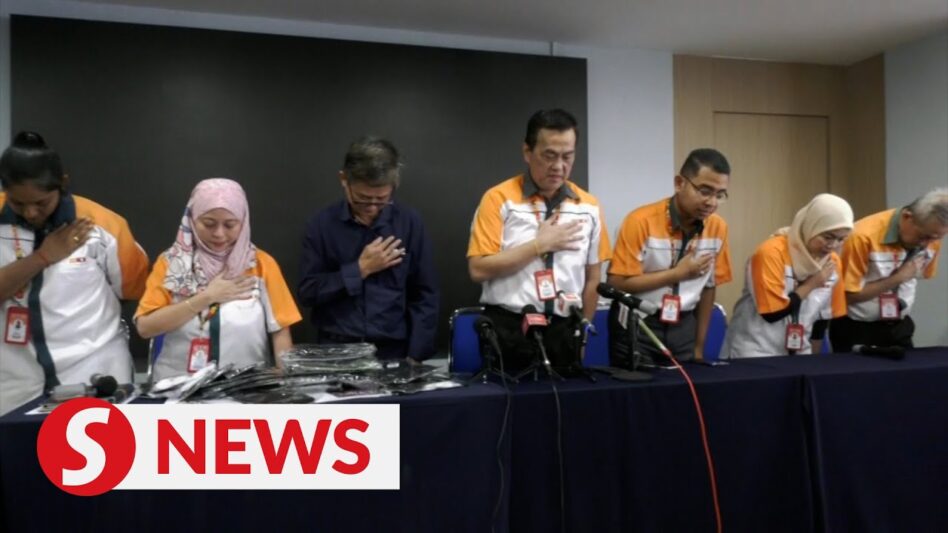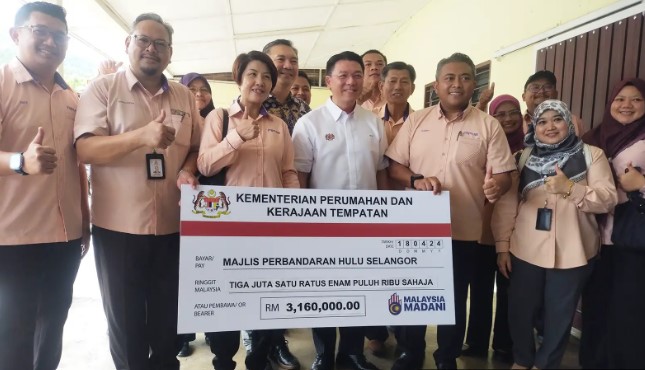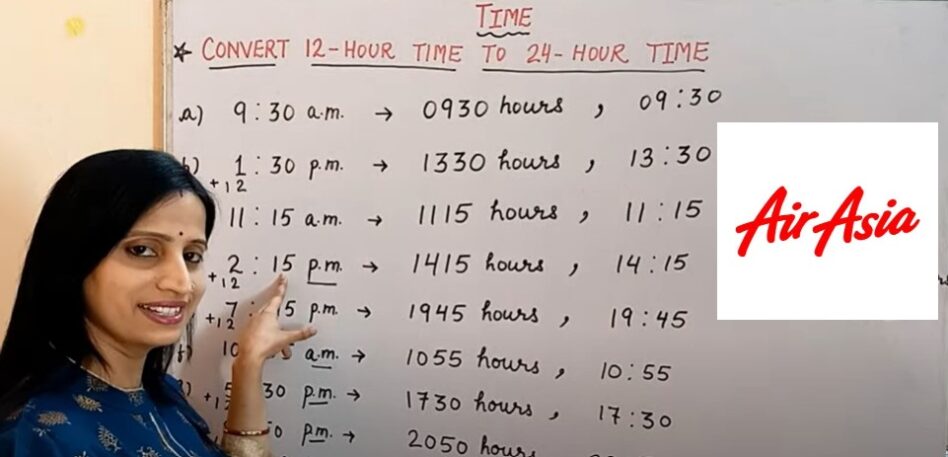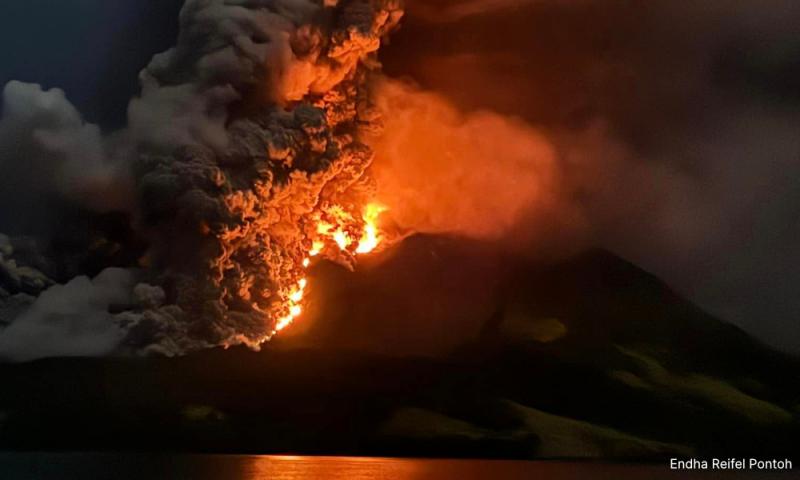ON MAY 11, 2022, the Monetary Policy Committee (MPC) of Bank Negara Malaysia (BNM) announced the first Overnight Policy Rate (OPR) hike by 25-basis points after maintaining the OPR at a record low of 1.75% since July 7, 2020.
With the statement that “… domestic growth [is on] a firmer footing, the MPC decided to begin reducing the degree of monetary accommodation. This will be done in a measured and gradual manner, ensuring that monetary policy remains accommodative to support a sustainable economic growth in an environment of price stability”, it’s probable that there’s a likelihood that the OPR is set for further increases down the year.
This brings to the question of what was intention of the OPR hike in the first place.
Was it a “preemptive strike”? Or did it have to do with the actions of the US Federal Reserve (Fed) and Bank of England (BOE) with BNM following suit?
The answer could well be both – but not in the way as generally understood.
BNM is probably expecting that inflation might be subdued come the second half of the year (2H 2022 due by July) – barring the persistence of the supply-chain bottlenecks and constraints emanating from the Russian-Ukraine conflict.
This implies that the central bank’s monetary policy might want to claim credit for the slowing down of the inflationary momentum when the time comes.
Basically (caveat: but it’s all pure speculation), the central bank is now calculating in the hope that monetary normalisation in the form of an OPR reverting to its historical normal would coincide with the subduing of the inflation beast.
This as the geopolitical and geo-economic issues are sorted out as well as when cartel activities caused by market concentration, ie. production-fixing and price fixing in oil and gas “tires out” – meaning market “self-corrects” or forced by external forces, eg. domestic regulation including a possible windfall tax.
Now China has made it clear that it aims to ease lockdown restrictions by June – which means the ports will get going again.
Russia is expected to re-divert and hence increase its oil supply flows to Asia with the EU as a whole on the verge of imposing an oil embargo and which will also coincide with China’s relaxation measures that’s anticipated to fuel strong demand.
As a result, we’re now seeing Middle Eastern producers planning to lower oil prices – to keep up with the futures and forwards contracts.
Another form is inflation-linked swap (ILS) as proxy – where both parties transfer their respective risks to each other.
According to the Economic, Financial and Monetary Developments Bulletin of the European Central Bank (ECB), March 2022: “[due to the conflict in Ukraine, markets are now repricing] in a sharper and more persistent rise in euro area inflation over the short term, with the one-year forward inflation-linked swap (ILS) rate one year ahead currently standing at around 2.50% ”.
Whilst the real inflation is much higher, the modest expectations as reflected in the percentage hike reflects the market’s pricing of inflation’s rise as transitory.
The March 2022 ECB macroeconomic projections also “… foresee inflation remaining elevated over the next few months before falling in the second half of the year.”
But it’s possible that the OPR hikes would merely negate the gains from the subsiding of inflation from the 2H 2022 onwards – and the effects of monetary tightening would outlast the impact of transitory inflation.
That is, the transmission channels would result in higher interest payments and higher prices and thus intensified inflationary momentum only this time precipitated domestically.
An OPR hike or series of hikes might see an increase in foreign holdings of our short-term Malaysian Treasury Bills (MTBs). Perhaps, by the OPR hike, the central bank intends for our RM to “stabilise” in the short-term – “counter-balancing” and “sterilising” the selling of the long-term Malaysian Government Securities (MGS) and outflow of foreign funds.
Perhaps the OPR hike is also meant to shore up our RM by attracting the “hot money” (in “keeping up” with the Fed funds rate).
In addition to MTBs, perhaps it’s to rally the Bursa (in the run up to the general election) as it’s been trading sluggishly – by encouraging a buying spree.
Since inflation reduces purchasing power and levels of savings, this entails the need to hold on to more liquid assets.
However, increasing interest payments at a time when they need to hold on to more liquid assets will see them curtail spending, thus, ironically creating a situation of stagflation where there’s stagnant spending/aggregate demand in the economy accompanied by high(er) interest payments, which would be continuous if there are further rate hikes in the offing.
This is why although an increase in the OPR might not deter loans since the demand could still be fresh and strong, correspondingly it could also increase the number of non-performing loans (NPLs).
The prospects of a looming recession become more real than ever.
The irony is that, given the rate of inflation conditioned by our exchange rate as a function of the balance of payments (BOP), the money supply is expected to expand and not contract in other words, the OPR hikes will not curtail the money supply but fuel its growth.
So, the economic outcome wouldn’t match the policy aim.
Although further slashing of the OPR might impact on the RM’s depreciation, this could be “counter-balanced” or “sterilised” by BNM actually not managing our currency’s value at all – completely free float so as to conserve our USD holdings while boosting our exports (which would further augment our USD earnings), concurrently.
Towards that end, there should be two components to the proposed Fund – corresponding to the Government’s purchasing power on the two fronts, ie. external and domestic.
BNM should contribute its USD holdings to the external part of the Fund – concentrating on imports of fertilisers, feeds and other strategic items such as food commodities like wheat on a large-scale basis.
It’s our view that lifting the OPR progressively will not necessarily protect the RM from further devaluation.
So, at the end of the day, we should be defending our currency – as also a symbol of our national sovereignty – by defending our food security.
We need to strengthen the country’s strategic food reserves – by the Government becoming the stockpiler-of-the-last-resort.
For example, when there’s a shortage of wheat, the stockpile can then be released into the market to bring down the price of that essential food item.
The Government should also work with state governments to be the buyer-of-last-resort by buying the foodstuff on behalf of the private sector at the up- and mid-streams then selling it back to the public downstream – via cooperatives as well as retailers, vendors, other sales partners at pre-inflationary price, absorbing the differences.
Then, we should be able to gradually reduce our BOP food import deficit and, therefore, the “outflow” of the RM.
Instead of “pegging” the currency via the OPR, we should increase our currency swap agreements with China, for example, who’s a long-standing partner, thus indirectly “pegging” and stabilising our currency. – June 5, 2022
Jason Loh Seong Wei and Rosihan Addin are part of the research team of EMIR Research, an independent think tank focused on strategic policy recommendations based on rigorous research.
The views expressed are solely of the author and do not necessarily reflect those of Focus Malaysia.










